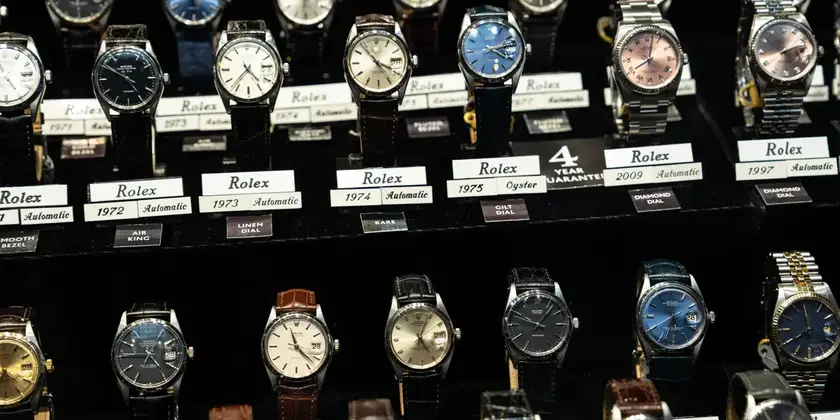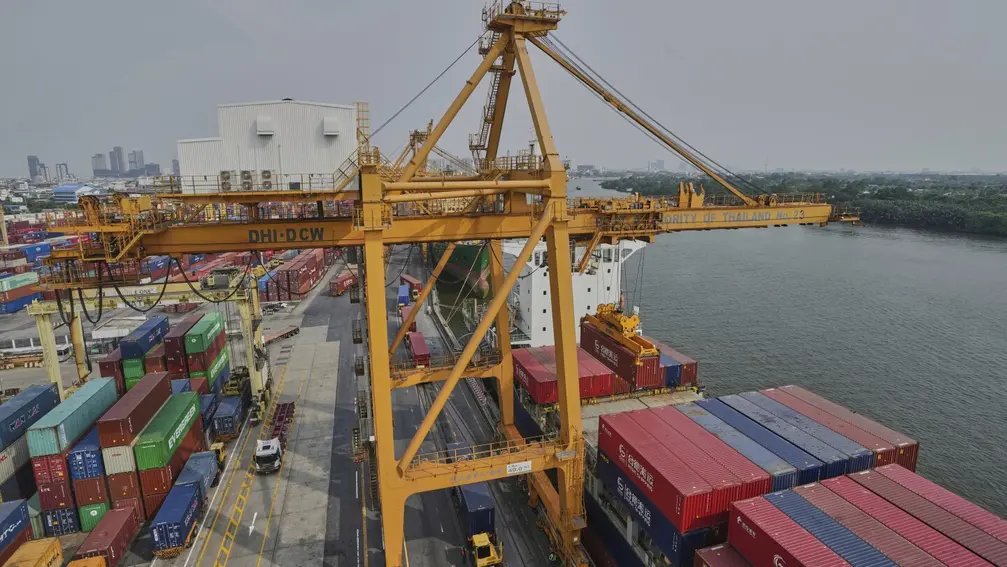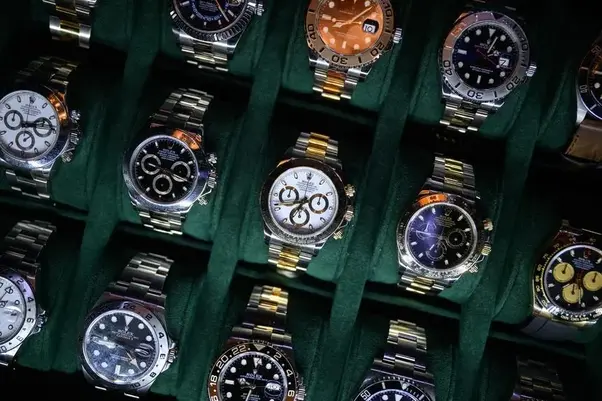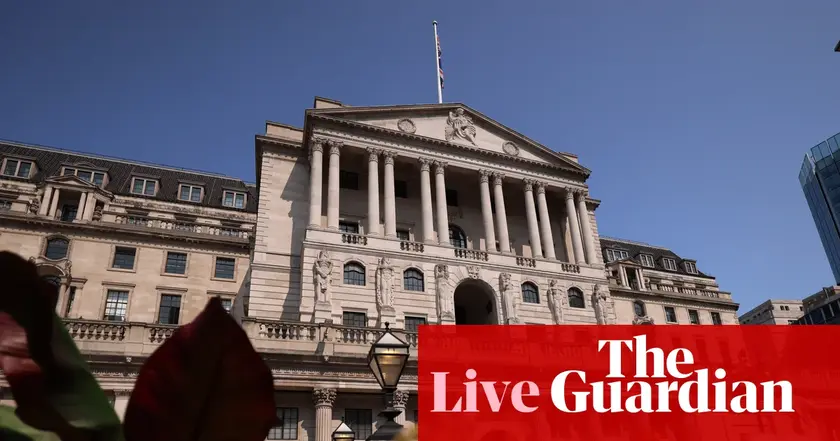T4K3.news
Tariffs hit Swiss watches
A 39% tariff on Swiss watches entered into force this week, affecting major brands and potentially raising prices globally as the industry contends with a tough new pricing environment.

Trump’s 39 percent tariff on Swiss watches may push prices higher and squeeze brands as the US remains a key market.
End Times for Swiss Watchmakers
Trump’s 39 percent tariff on Swiss watches went into effect this week after a failed push by Swiss leaders to alter Washington’s stance. The levy applies to all watches exported from Switzerland to the United States, hitting brands from Rolex to Omega and Patek Philippe. The US is the Swiss watch industry’s largest export market, accounting for about 17 percent of value, totaling roughly 2.6 billion Swiss francs in the first half of this year. The impact will be felt unevenly, since many brands rely more heavily on the US market than the industry-wide average.
Brand executives say the cost cannot be absorbed entirely and will likely be passed to consumers through higher prices. Earlier signals showed smaller tariff steps were absorbed across brands, but the current levy is much larger and presents a tougher pricing hurdle. The sector has already faced macro headwinds such as a strong Swiss franc and rising gold prices, compounding the difficulty of maintaining margins while trying to keep demand steady. The timing is painful, as Swiss watch exports have been sliding, with misses in May and June and a front loaded surge in April to stockpile before the tariff. The challenge now is whether price increases will ripple across markets or trigger demand weakness in price sensitive segments.
Beyond price, questions linger about who ultimately bears the burden and how brands will manage cross market pricing to avoid cannibalisation. Some executives warn that the tariff could hasten a broader recalibration of supply chains and hurt the US retail ecosystem that depends on Swiss watches. If the trend persists, the Swiss watch sector could confront a period of restructuring, even as it tries to defend a cherished label of Swiss Made.
Key Takeaways
"There is no American high-end watch manufacturing industry or haute horlogerie culture to make great again"
A key claim in the discussion of tariff impact on US industry
"The clock is ticking"
Closing line signaling urgency and uncertainty
"Prices will have to rise and by a chunk"
Forecast about pass through and pricing pressure
"End times for a Swiss icon"
Editorial framing of possible industry decline
The tariff move underscores how global luxury goods sit at the mercy of political decisions. For many watchmakers, survival hinges on balancing margins with customer willingness to pay, a tug of war that could redefine pricing strategies across regions. If prices rise in the United States, retailers elsewhere will feel pressure too, as brands seek to preserve global price parity and limit cross market cannibalisation. The immediate fallout may show up less in the bottom line than in consumer sentiment, with demand cooling as prices adjust.
In the longer run, the biggest questions are about resilience and adaptation. Will Swiss brands shift more production or adjust product mixes to soften the blow? Could the pre owned market offer a shield for buyers while manufacturers retool marketing and distribution? The answers will depend on negotiations in Washington, the pace of currency movements, and how quickly buyers adapt to higher prices. The episode tests the idea that luxury remains an exception to broader trade dynamics but may expose how fragile that exception is in a volatile political climate.
Highlights
- The clock is ticking for Swiss luxury
- Prices will rise and by a chunk
- There is no American high-end watch manufacturing industry to make great again
- End times for a Swiss icon
Tariffs heighten political and economic risk for Swiss watchmakers
The 39 percent tariff places a political decision at the heart of a luxury industry, risking public backlash and financial stress for brands that rely on the US market. Higher prices could dampen demand and strain cross border sales, raising questions for investors and policymakers about the resilience of Swiss manufacturing.
Markets will watch closely how buyers and brands navigate the new normal
Enjoyed this? Let your friends know!
Related News

39% Tariff Takes Aim at Swiss Watches

Trump imposes 39% tariff on Swiss imports

Swiss exports hit by 39% US tariffs

Stock markets fall sharply after Trump tariff announcement

Countries react to Trump's new tariffs

New 39% tariff on Swiss luxury imports proposed

Tariffs spark debate between US and Swiss markets

Elon Musk awarded shares worth $29 billion
